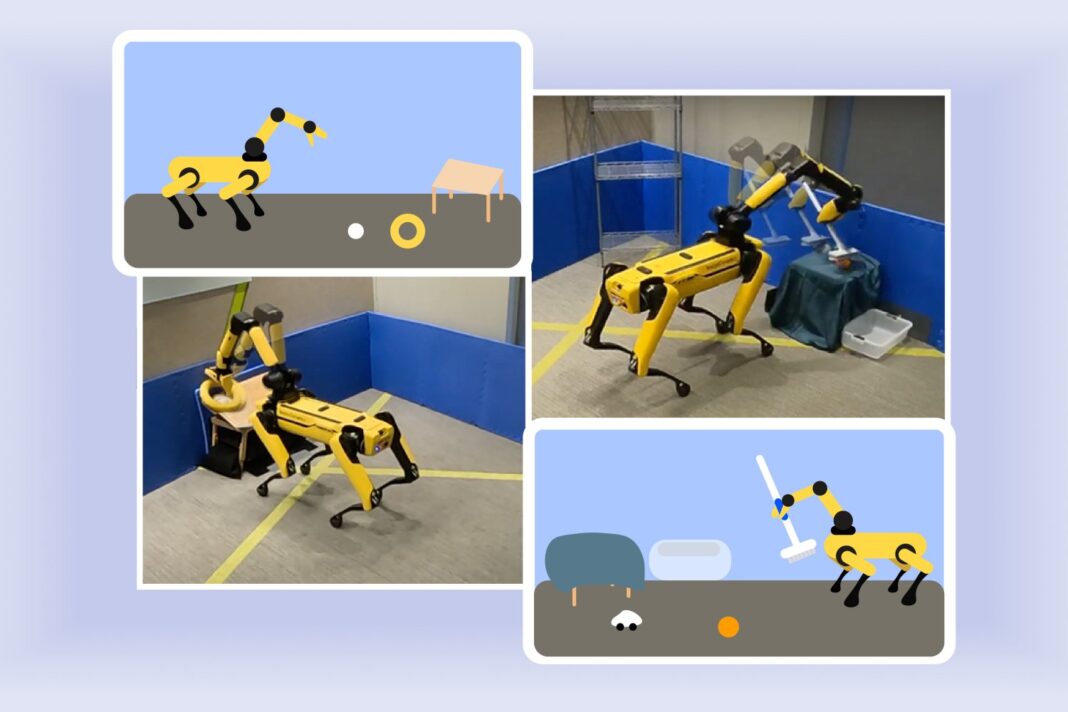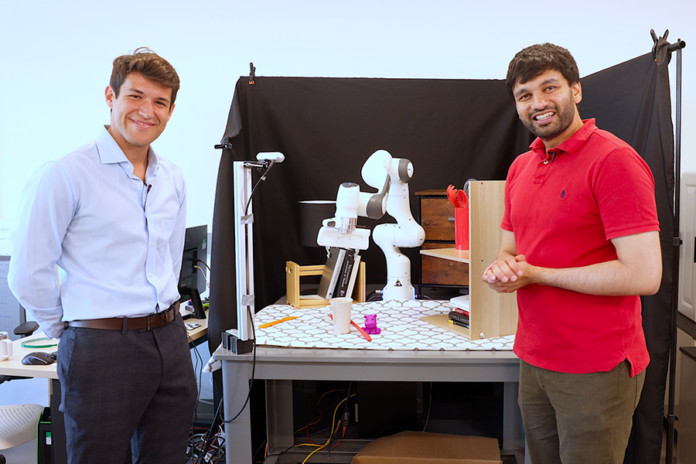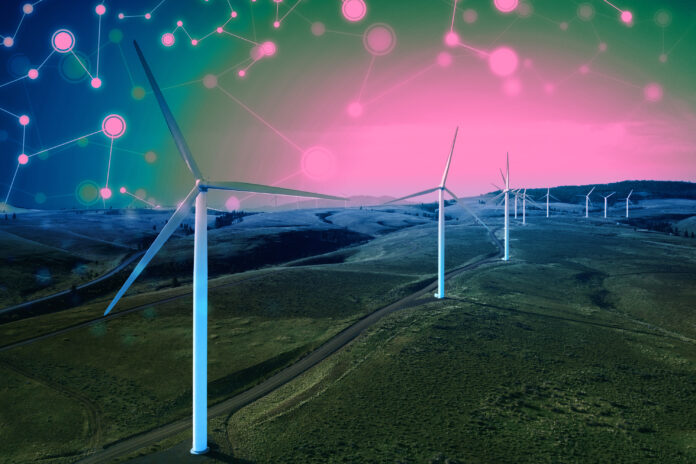In Short:
Robots can now learn new tasks in unfamiliar environments without human intervention with the help of the “Estimate, Extrapolate, and Situate” (EES) algorithm developed by MIT researchers. The algorithm allows robots to practice and improve specific skills on their own using a vision system that evaluates their performance. In tests, robots were able to learn tasks like sweeping floors in just a few hours, a significant improvement from previous frameworks.
The phrase “practice makes perfect” is not just for humans but also for robots newly deployed in unfamiliar environments.
Training Robots to Improve Skills
When a robot arrives in a new environment, it initially struggles to perform unfamiliar tasks. Researchers from MIT’s Computer Science and Artificial Intelligence Laboratory (CSAIL) and The AI Institute have developed an algorithm called “Estimate, Extrapolate, and Situate” (EES) to help robots improve their skills independently. This algorithm allows robots to practice on their own, potentially enhancing their performance in various settings like factories, households, and hospitals.
How EES Works
EES uses a vision system to help robots like Boston Dynamics’ Spot quadruped improve skills such as sweeping floors. The algorithm estimates the robot’s execution reliability and determines if it would be beneficial to practice more. It then forecasts the robot’s performance after refining a particular skill and allows the robot to practice autonomously. The vision system verifies the skill execution after each attempt.
Real-world Applications
EES has shown efficient learning capabilities, with Boston Dynamics’ Spot quadruped successfully completing tasks after a few hours of practice. The robot was able to place objects securely on a table and improve at sweeping tasks within a short timeframe. Researchers believe that EES could help robots enhance their skills in varied deployment environments.
Challenges and Future Prospects
While EES has demonstrated promising results, there are still limitations to overcome. Researchers are exploring ways to accelerate practice speeds using simulation and improve the algorithm’s performance in detecting objects. The goal is to enable robots to learn autonomously and continuously evolve in various tasks. The research has received funding from various organizations and institutions, supporting the development of autonomous learning algorithms for robots.





